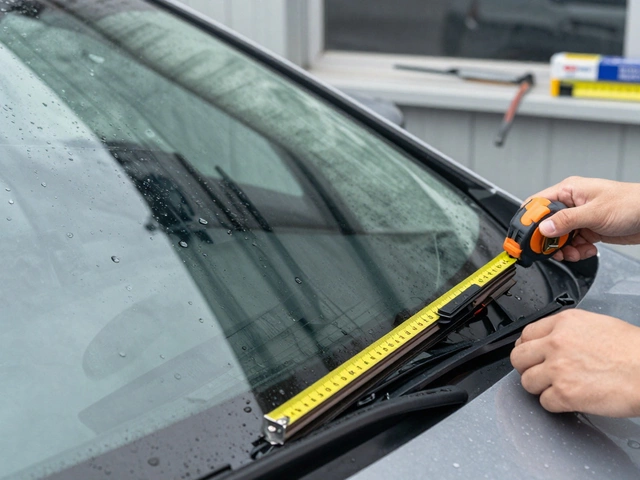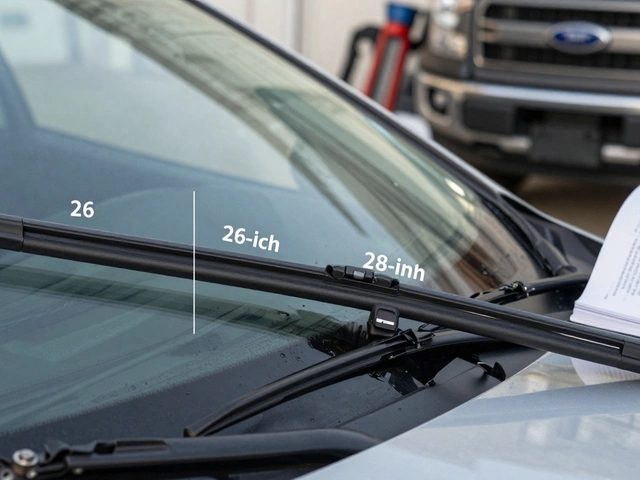Wrong Oil in Your Car? Signs, Risks, and What to Do Now
Putting the wrong oil, the incorrect type or viscosity of engine lubricant for your vehicle. Also known as incorrect engine oil, it can quietly wreck your engine over time. It’s not just about using synthetic instead of conventional—it’s about using the exact weight, rating, and specification your car’s manufacturer demands. Even a small mistake, like grabbing 10W-40 instead of 5W-30, can cause overheating, poor fuel economy, or worse—internal engine damage.
The engine oil, the liquid that lubricates moving parts inside your engine to reduce friction and heat isn’t just a fluid. It’s a carefully engineered product designed to work with your engine’s tolerances, materials, and operating temperatures. If you use oil that’s too thick, it won’t flow fast enough to protect parts at startup. Too thin, and it can’t maintain pressure under load. Both lead to metal-on-metal contact. And if you use oil that doesn’t meet the API or ACEA standard your car needs—say, putting non-diesel oil in a diesel engine—you risk clogging filters, damaging emissions systems, or even triggering a check engine light.
Many people don’t realize the oil viscosity, the measure of how easily oil flows at different temperatures matters more than brand. Your owner’s manual doesn’t say "use Mobil 1"—it says "use 5W-30 API SN". That’s the key. Even if the bottle says "for all cars," it might not be right for yours. And if you’ve already put in the wrong oil, don’t panic—but don’t drive it either. The longer you run with bad oil, the more sludge builds up, the more bearings wear, and the more expensive the fix becomes.
Signs you’ve used the wrong oil? A knocking noise from the engine, especially when cold. Oil pressure warning lights that come on even with a full tank. Poor acceleration or rough idling. Or worse—your car won’t start at all. These aren’t random glitches. They’re symptoms of oil that can’t do its job. Some drivers think switching to a thicker oil will fix leaks or noise. It might mask the problem for a while, but it won’t fix the root cause—and it could make things worse.
What about engine damage, physical harm to internal engine components caused by lack of proper lubrication or contamination? It’s not always obvious. You might not notice until you hear a loud clunk, smell burning oil, or see smoke from the exhaust. By then, you’re looking at thousands in repairs. A simple oil change with the right type costs under £100. A damaged crankshaft or piston? That’s a whole new engine.
There’s no magic trick to avoid this. Just check your manual. Look at the dipstick. Know your oil code. If you’re unsure, ask a mechanic—don’t guess. And if you’ve already made a mistake, get it drained and replaced ASAP. The sooner you fix it, the less damage you’ll do. Below, you’ll find real stories and fixes from people who’ve been there—from those who ignored the signs to those who caught it early and saved their engine.





